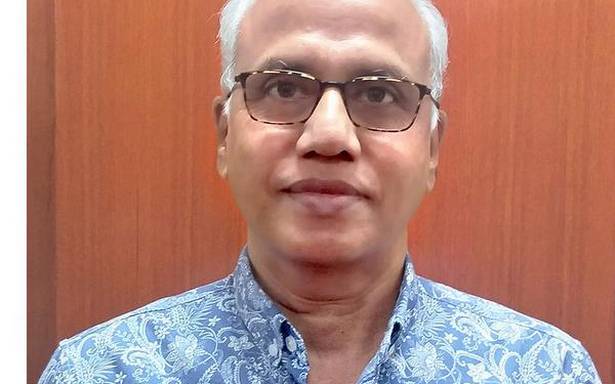Infra projects kept Johnson Lifts on the move, says ED
Major disruption in construction activity during the lockdown severely impacted the lifts and elevators business, as most migrant labourers were forced to return home. However, with the realty sector picking up, sales began returning to normal in December. Johnson Lifts hopes to reach pre-Covid sales figures by April 2021, executive director V. Jagannathan said in an interview. Excerpts:
What has been the impact of COVID-19 on your business beginning April?
The builder segment is a major contributor to the lifts business and migrant workers form a majority of the workforce in the real estate sector. Due to COVID-19 and the lockdowns, migrant workers moved to their hometowns, thereby affecting construction activity. Hence, Q1 sales dipped, but [things] improved in Q2, supported by the government stimulus. There was further improvement in Q3, showing positive signs of an early revival.
What challenges did the company face? How did you manage?
The major challenge was a sudden drop in business and reduced liquidity in the real estate sector. Big builders faced a cash crunch that directly affected us; secondly, manpower migration in our industry during the lockdown started to be very expensive. In spite of that, we ensured that services were provided to hospitals round the clock and high-rise residential buildings, [besides] ensuring uninterrupted functioning of lifts for passenger use. Due to the pandemic, there was uncertainty all around with regard to revival of economy. Besides, nobody was sure when this pandemic would.
Another major challenge for us was complying with government regulations during the lockdown and in different stages of unlocking.
With regard to customers, educating them on safe lift-use procedures was a major task. When it came to manufacturing, increase in input cost of raw materials took a toll on us. The entire supply chain got affected.
Providing a safe work environment to employees at offices pan India and at sites was a big challenge. We also realised that adapting to digital sales tools was the need of the hour and so did we. Contactless usage of lifts was a mandatory situation and hence we introduced an app called EyeRIS, a foot-operated panel in Chennai Metro station, and provision of escalator handrail auto sanitisation in airports.
What is your current production capacity?
The company has four plants in India that can collectively make 18,000 lifts and 1,500 escalators a year. Currently, we cater to 75% of residential needs and 25% commercial.
Have you reached pre-Covid levels in sales? How long will it take?
We had progressed to normal sales in December 2020 and by April 2021 we should reach pre-Covid sales figures month on month.
What is the current order book position?
During FY20, we had order booking close to 13,000 units and a turnover of close to ₹2,000 crore. Currently, we are at 80% of last year’s business and our order book is close to 12 months of our sales volume.
Are you getting fresh orders from metros or tier 2 cities?
Business was drastically down in metro cities and hence we have started to dive deep into tier 2 and tier 3 cities as well.
Enquiries have been there in all three categories such as metros, tier 2 and tier 3 cities, but the [impact] was high in metro.
As soon as the unlocking happened, the pent-up demand in tier 2 cities got finalised first, with a delay in metro cities.
All the more, since projects in metros are large in size, there was greater delay in restarting and in fresh orders/activity. However, infrastructure projects such as airports and metro stations, where our presence is very high, maintained continuous activity and presented new opportunities.
What is the capex for FY22?
Our original capex plan for FY22 was around ₹20 crore. Since we expect the market to be stable in FY21 we are maintaining the same with no downward revision.
What is the status of exports?
Johnson predominantly caters to neighbouring countries like Sri Lanka, Nepal, Bhutan and to Central Asia and African countries. Impact on sales was only marginal compared with India.
Source: Read Full Article

